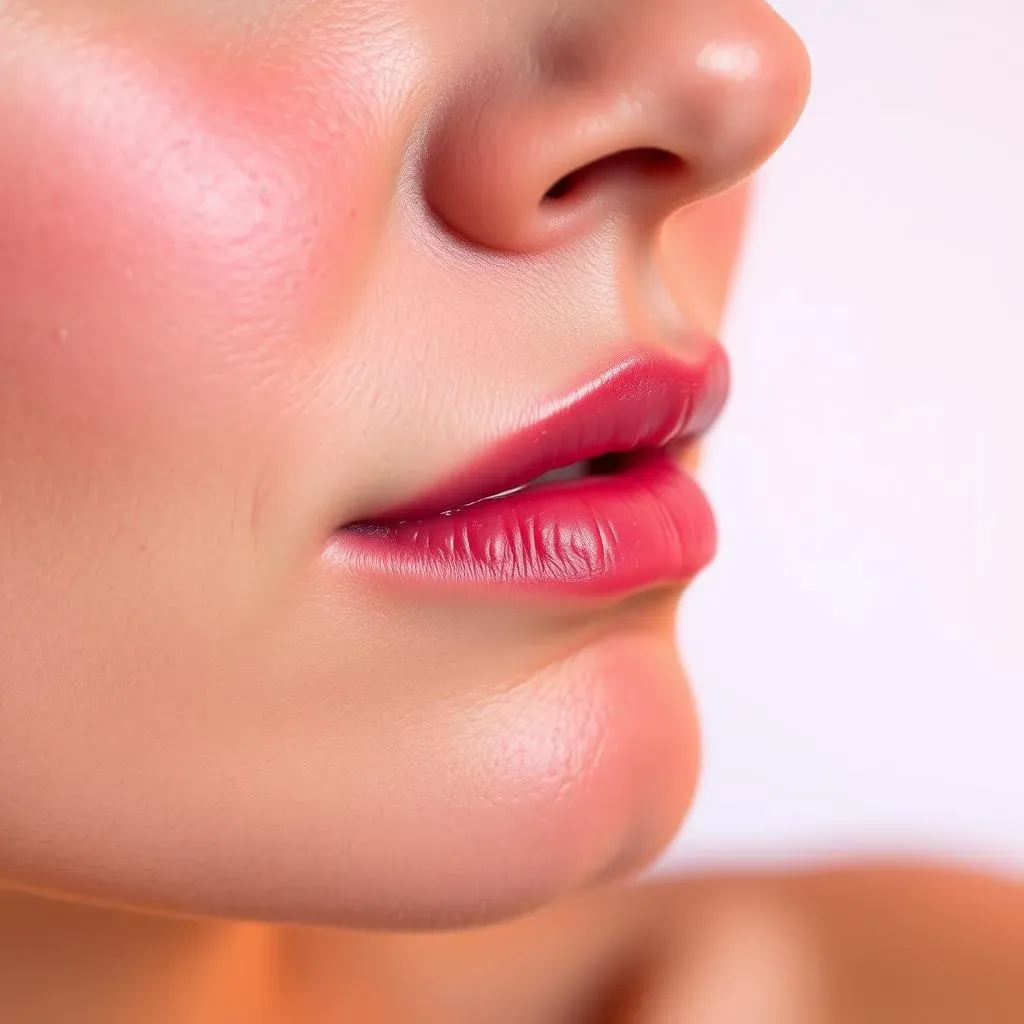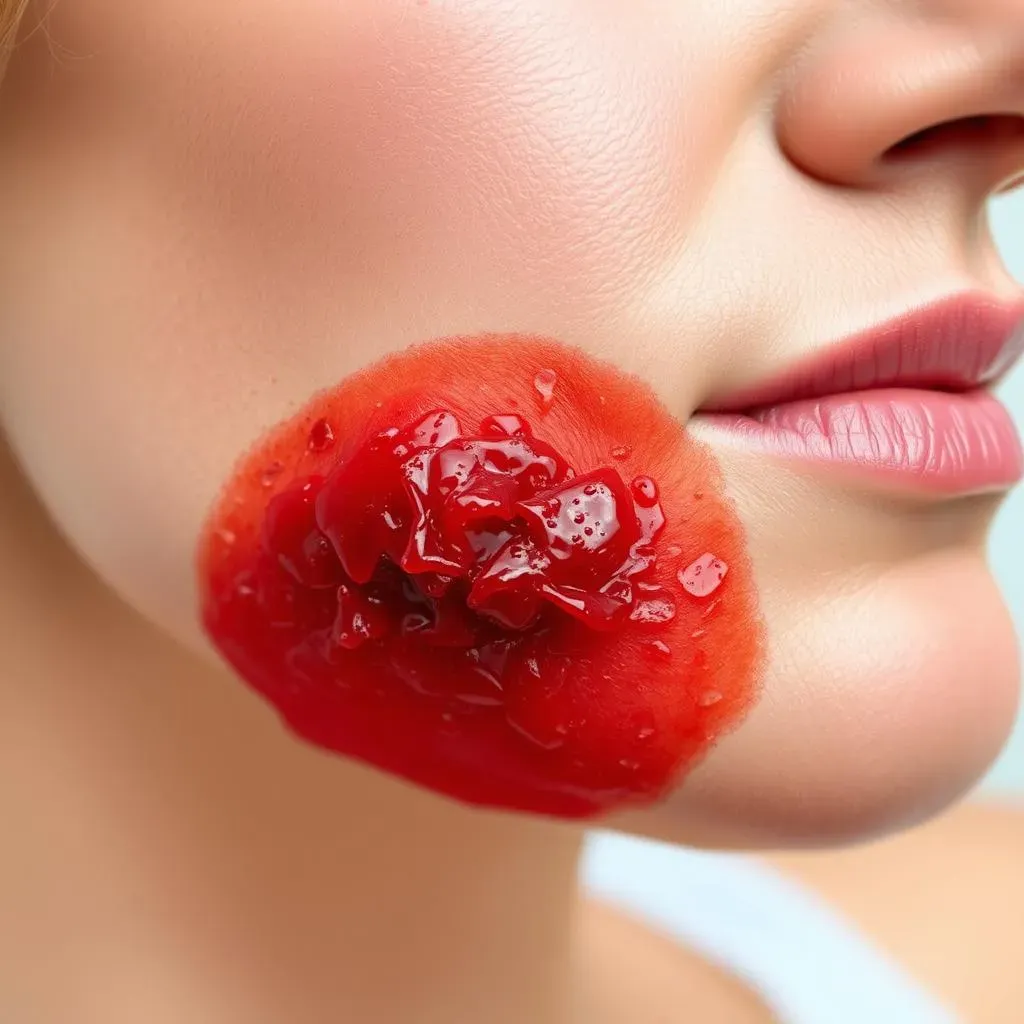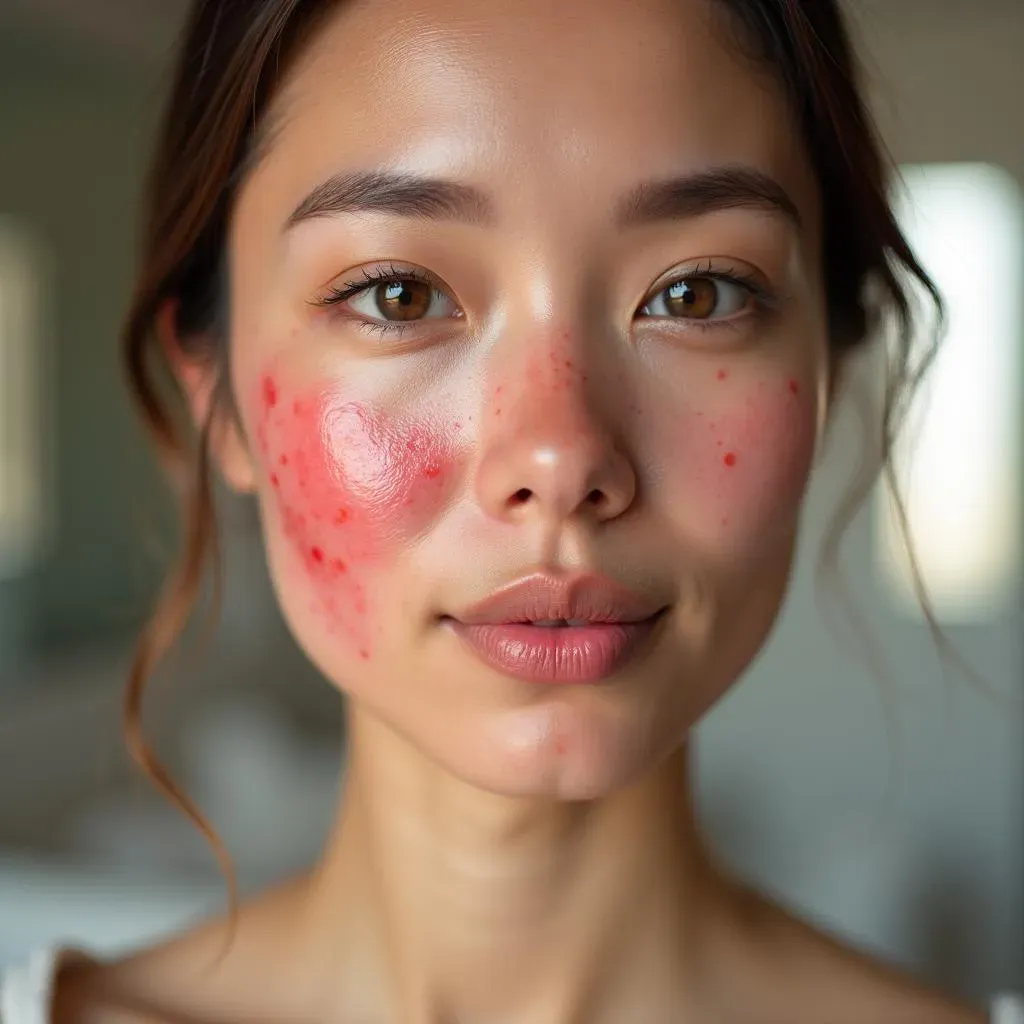Table of Contents
Considering laser hair removal? It's a popular choice for many women seeking a long-term solution to unwanted hair, but understanding the potential side effects is crucial before booking your appointment. This article is your guide to navigating the world of women's laser hair removal side effects. We'll explore the common, easily manageable reactions, like redness and swelling, and also discuss the rare but serious complications that can occur. We'll cover everything from pre-treatment preparation to post-treatment care, empowering you to make informed decisions and minimize risks. Learning about potential issues like skin irritation or changes in pigmentation isn't about scaring you; it's about ensuring you're prepared and know what to expect. By the end of this article, you'll have a comprehensive understanding of women's laser hair removal side effects, allowing you to confidently discuss your concerns with your practitioner and enjoy smoother, more confident skin. Let's get started!
Common Side Effects and Their Management

Common Side Effects and Their Management
Let's talk about the usual suspects – the common side effects you might experience after laser hair removal. Think of it like a mild sunburn; redness and swelling are pretty typical. These are usually temporary and fade within a few days. Applying a cool compress can help soothe the area, and your doctor might recommend a gentle, fragrance-free moisturizer. For more on managing these initial reactions, check out our guide on women's laser hair removal side effects.
Another common side effect is some temporary darkening or lightening of the skin. This is usually temporary, but it's worth knowing about. Think of it as your skin adjusting to the treatment. It generally resolves itself within a few weeks. Using sunscreen with a high SPF is crucial during this time to prevent further pigmentation changes. For those wanting to know more about before and after results, check out before and after photos.
Side Effect | Management |
|---|---|
Redness and Swelling | Cool compresses, gentle moisturizer |
Pigmentation Changes | High SPF sunscreen |
Blistering | Consult your doctor |
Sometimes, you might experience some minor blistering or crusting. Don't panic! This is usually a sign of minor skin irritation, similar to a small burn. Keep the area clean and avoid picking at it. If it seems severe or doesn't improve, it's always best to consult with your doctor or the clinic that performed the treatment. For those considering the procedure, understanding the cost is important. See our article on women's laser hair removal cost.
Remember, everyone's skin reacts differently. These are common, but that doesn't mean everyone will experience them. If you have concerns or experience anything unusual, contacting your doctor is always the best course of action. We encourage you to read reviews from other women who have undergone the procedure. You can find some helpful reviews on women's laser hair removal reviews.
- Redness
- Swelling
- Temporary Pigmentation Changes
- Minor Blistering or Crusting
Rare but Serious Complications

Rare but Serious Complications
Severe Burns and Skin Damage
While rare, severe burns or skin damage are serious potential complications. These can result from improper laser settings, insufficient cooling, or a practitioner's lack of experience. The severity can range from superficial burns that heal with minimal scarring to deeper burns requiring medical intervention and potentially leaving permanent scars. Always choose a reputable clinic with experienced and certified professionals. Looking for a clinic near you? Check out our guide to finding laser hair removal near you.
Prevention is key. Thorough consultations and a detailed medical history are essential to identify individuals at higher risk of complications. This includes discussing existing skin conditions, medications, and any prior adverse reactions to laser treatments. A comprehensive understanding of your skin type and hair characteristics is critical for customizing treatment parameters to minimize the risk of burns and other adverse effects. Remember, the initial consultation is just as important as the treatment itself.
- Choose an experienced and certified practitioner.
- Have a thorough consultation before your treatment.
- Be open about your medical history and any skin conditions.
Infection and Scarring
Infection is another potential, though thankfully uncommon, complication. This can occur if the treated area isn't properly cared for or if the procedure is performed in unsanitary conditions. Signs of infection include increased redness, swelling, pain, and pus. If you notice any of these symptoms, seek immediate medical attention. Proper aftercare, as advised by your practitioner, is crucial in preventing infections. For more information on aftercare, check our page about women's laser hair removal side effects and how to manage them.
Scarring, while less common with modern laser technology, is still a possibility. This is more likely to occur with deeper burns or infections. The type and severity of scarring can vary. Minimizing the risk of scarring involves choosing a skilled practitioner, following aftercare instructions diligently, and promptly addressing any complications. It is also important to be aware that some individuals may be more prone to scarring than others due to genetic factors. Don’t forget to consider the cost of the procedure before you book. Find more information on laser hair removal cost.
Complication | Symptoms | Action |
|---|---|---|
Infection | Increased redness, swelling, pain, pus | Seek immediate medical attention |
Scarring | Depressed or raised areas of skin | Consult your doctor |
Hyperpigmentation and Hypopigmentation
Changes in skin pigmentation are another potential complication. Hyperpigmentation (darkening of the skin) is more common in individuals with darker skin tones. Hypopigmentation (lightening of the skin) can also occur. These changes are often temporary but can be persistent in some cases. Using sunscreen with a high SPF is crucial to minimize the risk and duration of these changes. It's always recommended to discuss your skin type with your practitioner before undergoing the procedure. You can learn more about the process by reviewing before and after pictures.
The risk of hyperpigmentation and hypopigmentation is influenced by several factors, including skin type, laser settings, and post-treatment sun exposure. Practitioners should be well-versed in selecting appropriate laser parameters for different skin types to minimize these risks. Choosing a clinic with experience in treating diverse skin tones is essential. Before making a decision, always read reviews from women who have had similar experiences. Find helpful reviews on women's laser hair removal reviews.
“Prevention is better than cure.” - An old saying that holds true for laser hair removal complications.
Minimizing Risks: Before, During, and After Treatment

Minimizing Risks: Before, During, and After Treatment
So, you want to minimize risks? Smart move! Think of it like prepping for a big race – proper training (pre-treatment), excellent technique during the race (treatment), and careful recovery afterwards (post-treatment) are key to success. Let's break down each phase.
Before your appointment, be totally honest with your practitioner about your medical history, any medications you're taking, and any previous skin reactions. This helps them tailor the treatment to your specific needs and reduce potential complications. They'll also likely advise you on avoiding sun exposure before your treatment. For more on this, you can check out our comprehensive guide on women's laser hair removal side effects and how to prepare.
- Full medical history disclosure
- Medication details
- Previous skin reaction information
- Sun avoidance before treatment
During the treatment itself, a skilled professional will use appropriate laser settings for your skin type and hair color. They'll also use cooling techniques to minimize discomfort and reduce the risk of burns. Trust your practitioner's expertise – they're the pros! If you're wondering what to expect cost-wise, check out our article on women's laser hair removal cost.
After your treatment, following your practitioner's aftercare instructions is absolutely vital. This usually involves keeping the treated area clean, using gentle moisturizers, and avoiding sun exposure. Again, sunscreen is your new best friend! For a look at what to expect after treatment, take a look at our before and after photos.
Phase | Key Actions |
|---|---|
Before | Honest medical history, medication disclosure, sun avoidance |
During | Trust your practitioner's expertise and techniques |
After | Follow aftercare instructions diligently, use sunscreen |
Remember, open communication with your practitioner is key throughout the entire process. Don't hesitate to ask questions or voice any concerns – they're there to help you achieve the best possible results safely and confidently. Reading reviews can also help you feel more at ease. Check out our page on women's laser hair removal reviews.
By following these simple steps, you can significantly reduce the risk of complications and enjoy the benefits of laser hair removal without unnecessary worry. It's all about preparation, trust, and diligent aftercare. Think of it as a partnership between you and your practitioner, working together for smooth, beautiful skin!
